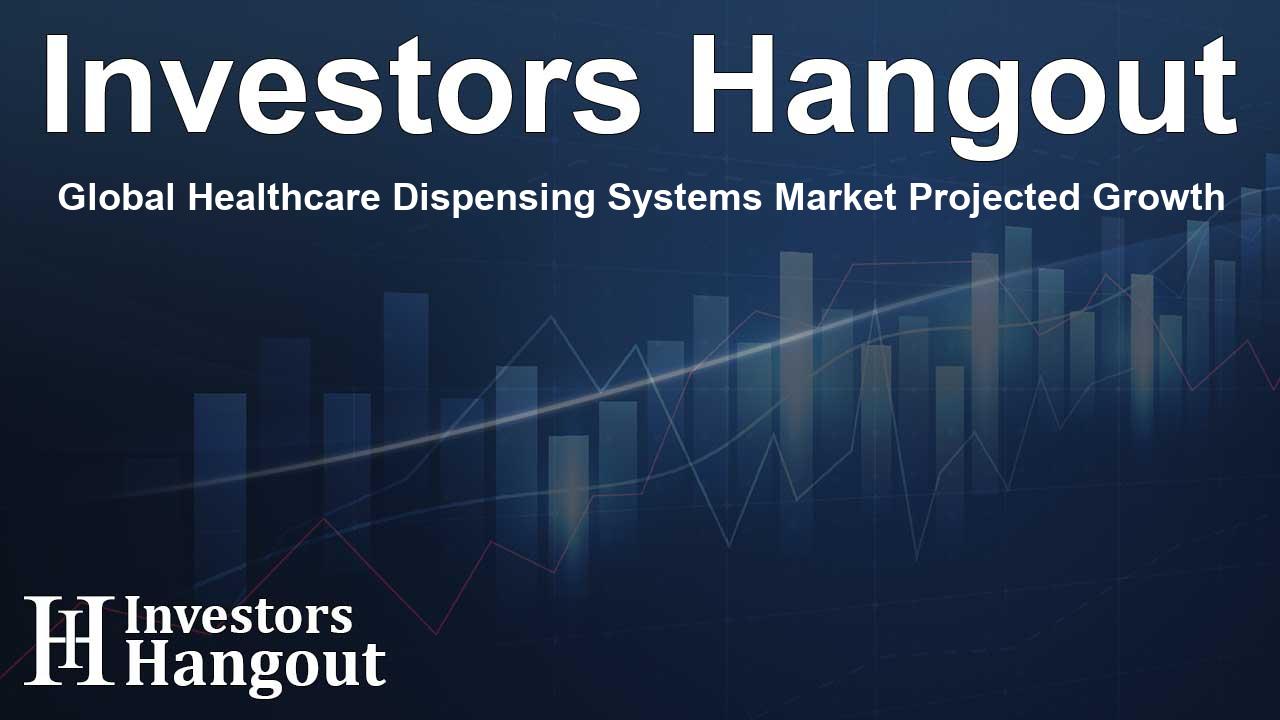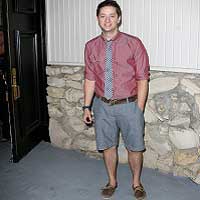Global Healthcare Dispensing Systems Market Projected Growth

Introduction to the Market Growth
The global healthcare dispensing systems market, valued at approximately USD 4.36 billion in 2024, is on a healthy trajectory. It is anticipated to increase to USD 4.61 billion in 2025 and is forecasted to reach USD 6.27 billion by the end of the decade. This growth is propelled by the need for sophisticated dispensing solutions that enhance the quality of pharmaceutical manufacturing and medical diagnostics.
Key Growth Drivers
Demands for Precision and Efficiency
Several factors are enhancing the demand for advanced healthcare dispensing systems. The increasing need for precision in drug formulation and efficiency in diagnostics is reshaping the operational frameworks of healthcare providers. Modern dispensing systems are now designed to deliver high accuracy, minimize contamination risks, and improve turnaround times, thus making them indispensable in various healthcare settings.
Influence of Government Initiatives
Around the world, governments are investing heavily in healthcare advancements and modernization. In regions such as the U.S. and Europe, substantial financial resources are being allocated to enhance testing and data infrastructure, thus creating a nurturing environment for market growth. Moreover, Asia's initiatives like Healthy China 2030 are also robustly contributing to the local medtech sector, thus boosting manufacturing capabilities.
Challenges Facing the Market
Barriers to Adoption
Despite the positive outlook of the healthcare dispensing systems market, there are notable barriers that hinder widespread adoption. High initial costs and the inadequacies of IT infrastructure, particularly in emerging markets, pose significant challenges. A recent survey indicated that many healthcare IT leaders view integration difficulties as a primary obstacle to successfully implementing dispensing automation.
Opportunities in Cloud-Based Solutions
The shift towards a cloud-centric healthcare ecosystem is creating exciting opportunities for innovation. By 2025, it is predicted that a vast majority of healthcare organizations will embrace cloud-first strategies, leading to enhanced capabilities such as real-time inventory management and better integration across distributed healthcare locations. Companies like Omnicell are already pioneering cloud-based dispensing solutions, showcasing significant advancements in both connectivity and automation.
Market Leaders and Innovations
Companies Shaping the Future
The landscape of healthcare dispensing systems is being shaped by several key players. Leaders such as Nordson Corporation and Thermo Fisher Scientific are continuously innovating to enhance precision dispensing technologies. Their advancements are paving the way for more efficient systems capable of handling intricate medical tasks.
Recent Developments
In keeping pace with market demands, several companies have recently made significant strides in their offerings. For example, Nordson launched state-of-the-art automated dispensing systems equipped with advanced vision controls, while Agilent introduced a new washer dispenser aimed at enhancing automated workflows. These developments reflect the industry’s commitment to adapting to dynamic market needs.
Conclusion: Strategic Importance for Decision Makers
Leaders within the healthcare sector need to recognize the potential of the healthcare dispensing systems market as a means of enhancing operational efficiency and regulatory compliance. As the landscape shifts towards decentralized diagnostics and more precision-driven healthcare solutions, the smart investments in dispensing technologies can offer competitive advantages in a rapidly evolving market.
Frequently Asked Questions
What is driving the growth of the healthcare dispensing systems market?
The growth is primarily driven by the demand for precision and efficiency in drug formulation, as well as a global push towards automation and modernization in healthcare.
What are the main challenges facing this market?
Key challenges include high upfront costs, integration complexities, and limited IT infrastructure, especially in developing regions.
Who are the main players in the healthcare dispensing systems market?
Notable players include Nordson Corporation, Thermo Fisher Scientific, and Agilent Technologies, each contributing innovative solutions to the market.
What recent innovations have occurred in this sector?
Companies have introduced advanced automated dispensing systems and modular platforms to improve efficiency and automate workflows in healthcare settings.
How is government policy affecting the healthcare dispensing systems market?
Government policies promoting healthcare modernization and resilience are creating favorable conditions for investments in advanced dispensing technologies.
About The Author
Contact Logan Wright privately here. Or send an email with ATTN: Logan Wright as the subject to contact@investorshangout.com.
About Investors Hangout
Investors Hangout is a leading online stock forum for financial discussion and learning, offering a wide range of free tools and resources. It draws in traders of all levels, who exchange market knowledge, investigate trading tactics, and keep an eye on industry developments in real time. Featuring financial articles, stock message boards, quotes, charts, company profiles, and live news updates. Through cooperative learning and a wealth of informational resources, it helps users from novices creating their first portfolios to experts honing their techniques. Join Investors Hangout today: https://investorshangout.com/
The content of this article is based on factual, publicly available information and does not represent legal, financial, or investment advice. Investors Hangout does not offer financial advice, and the author is not a licensed financial advisor. Consult a qualified advisor before making any financial or investment decisions based on this article. This article should not be considered advice to purchase, sell, or hold any securities or other investments. If any of the material provided here is inaccurate, please contact us for corrections.
